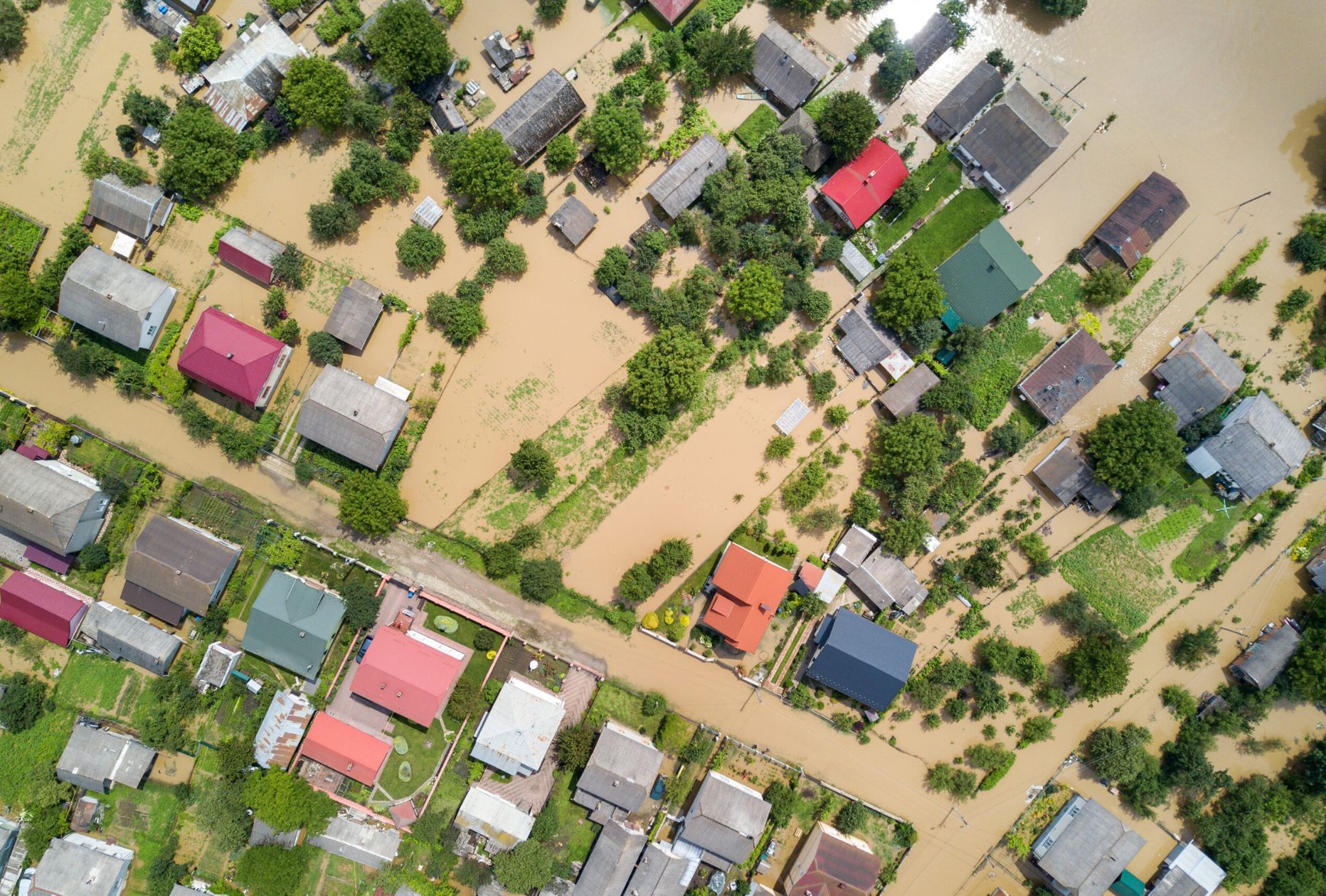-
Who We Are
Who We Are
For the last century, we’ve dedicated ourselves to empowering families like yours to prosper and endure. Like many of the leading families we serve, we have been through our own wealth journey.
Discover Pitcairn -
What We Do
Wealth Momentum®
The families we serve and the relationships we have with them are at the center of everything we do. Our proprietary Wealth Momentum® model harnesses the most powerful drivers of financial and family dynamics, maximizing the impact that sustains and grows wealth for generations to come.
Explore - Insights & News

Extreme weather conditions such as hurricanes in Florida to historic drought and rains in California are intensifying natural disaster losses both in size and frequency. Understanding how you can insure against the risks your property may face — be they wildfires, hurricanes, deep freezes or floods — is more important than ever.
It’s a sad reality that many property owners aren’t properly insured against these threats. Either they don’t realize that their homeowners insurance doesn’t cover certain perils or they underestimate their risk. Let’s review some situations and the types of coverage you may want to consider.
Flooding
Two of the biggest misconceptions about flood damage are that homeowners insurance covers it and that if your area isn’t at risk of flooding, you don’t need flood insurance.
When it comes to homeowners’ insurance, many people assume they’re covered for some level of flood damage. But even if you have a broad all-perils policy, it will have a list of exclusions. Some are causes of damage that no insurance policy will cover, like acts of war. Others are things you’ll need a separate policy to insure against.
Floods — groundwater coming into your home from the outside — fall into that category. Homeowners insurance generally covers water damage, but it does not cover flood damage; you must purchase flood insurance to insure against this risk.
Not being in a high-risk flood zone as defined by FEMA doesn’t mean your home cannot flood. Nearly 6 million U.S. homes face substantial flood risks not identified by FEMA according to First Street Foundation, a non-profit that quantifies climate change risks to American properties.
Your potential loss, if a flood does occur, is likely large enough for flood insurance to be worth it — not only for the initial incident, but for possible subsequent damage.
If your basement floods and you don’t have flood insurance, you repair the damage and take the loss but two years later, your basement has a mold problem. Your homeowners insurance most likely will not cover the mold because it was probably caused by the flooding, which isn’t a covered peril under your homeowners policy.
So how do you get flood coverage? The National Flood Insurance Program (NFIP) provides basic coverage of up to $250,000 for structures and $100,000 for personal property.
Because of the NFIP relatively low limits and the policy’s exclusions, many property owners need supplemental coverage. You can get solid financial protection against flood damage to your property and possessions by combining an NFIP policy with a private policy called excess flood.
Excess flood for high-net-worth property owners can provide full replacement cost coverage for your home and contents; reimburse you for the cost to live elsewhere while your home is repaired; and replace basement improvements.
Hurricanes
Homeowners insurance in most states will cover wind damage, however, in hurricane-prone states, you’ll have to purchase a separate windstorm policy or rider to protect your property against hurricane damage. You should also couple this with a flood policy to cover any groundwater as well.
Windstorm insurance isn’t always easy to obtain. Some properties are only eligible for a policy from a state-run high-risk pool (such as Florida’s Citizens Property Insurance Corporation). Plus, in anticipation of a hurricane and after a disaster hits, there may be a moratorium during which you can’t purchase a new policy. Give yourself plenty of time to consider your options.
In some locations, depending on the insurer and your property’s characteristics, you may need to secure flood insurance first as a condition of being eligible to purchase windstorm insurance.
It’s important to purchase flood and windstorm insurance well before you think you might need them. Flood insurance typically doesn’t provide coverage for the first 30 days after you buy your policy. And when a hurricane is approaching, you won’t be able to purchase windstorm coverage or increase existing coverage.
Wildfires
Homeowners insurance covers wildfires with the same deductibles and limits that apply to the policy’s other covered perils. The challenge here is that homeowners insurance has become increasingly expensive and difficult to secure in wildfire-prone areas.
The number of acres burned annually in wildfires was substantially higher from 2001 through 2021 than it was from 1980 through 2000 according to data supplied by the National Interagency Fire Center and published by the Insurance Information Institute (III). And eight of the 10 costliest wildfires (adjusted for inflation) in recorded U.S. history occurred in 2017 or later, according to Aon data published by III.
Insurance companies that cover high-net-worth individuals may offer better protection against wildfires than mass market insurers. For example, they may help you assess your home’s unique risks and recommend ways to reduce them. They may also send wildfire mitigation specialists to your property during a wildfire to remove combustible material and apply flame-retardant gel to your home. And if your home is damaged or destroyed, they tend to offer superior customer service that minimizes disruptions to your life, making it easier to rebuild or move.
As with windstorm insurance, some high-risk properties may only be insurable through a state high-risk pool such as California’s FAIR Plan or through surplus lines insurers. This coverage is typically more limited and far costlier than regular homeowners insurance.
For example, you may need to purchase both a FAIR Plan policy to cover the fire hazard and a second extended coverage policy to match the protection a standard homeowners policy would provide.
How Pitcairn Can Help
At Pitcairn, insurance services are part of our Wealth Momentum service model. We offer our insurance clients an annual Risk Management Review to identify any gaps in coverage. Our experts can analyze your existing policies line by line to look for places where you’re over- or underinsured, point out risks you may not have considered, and present solutions you may be unaware of.
Our insurance clients find that our insurance services and the annual risk review bring them additional value and more peace of mind. Let us know if you’d like to learn more about how we can help.





